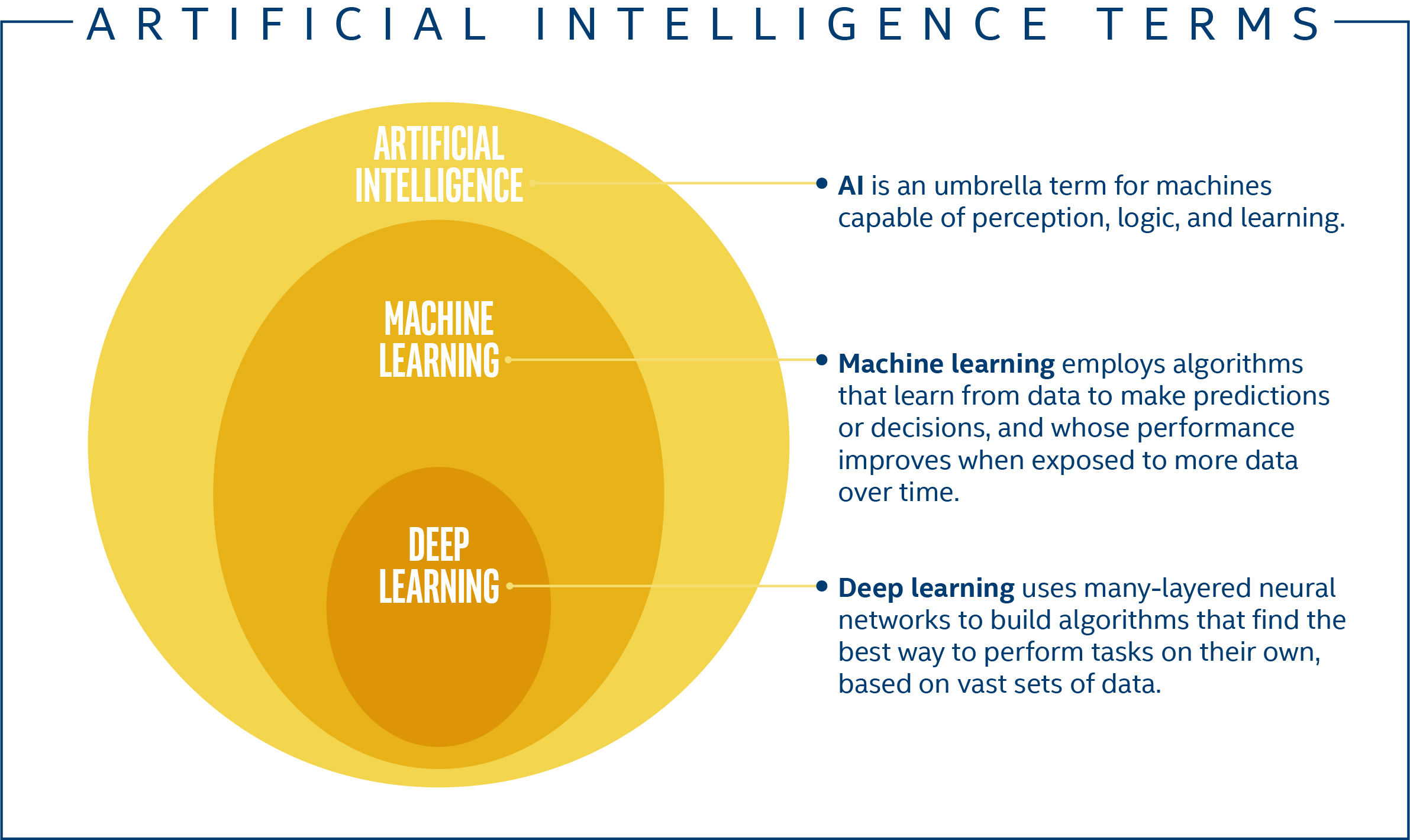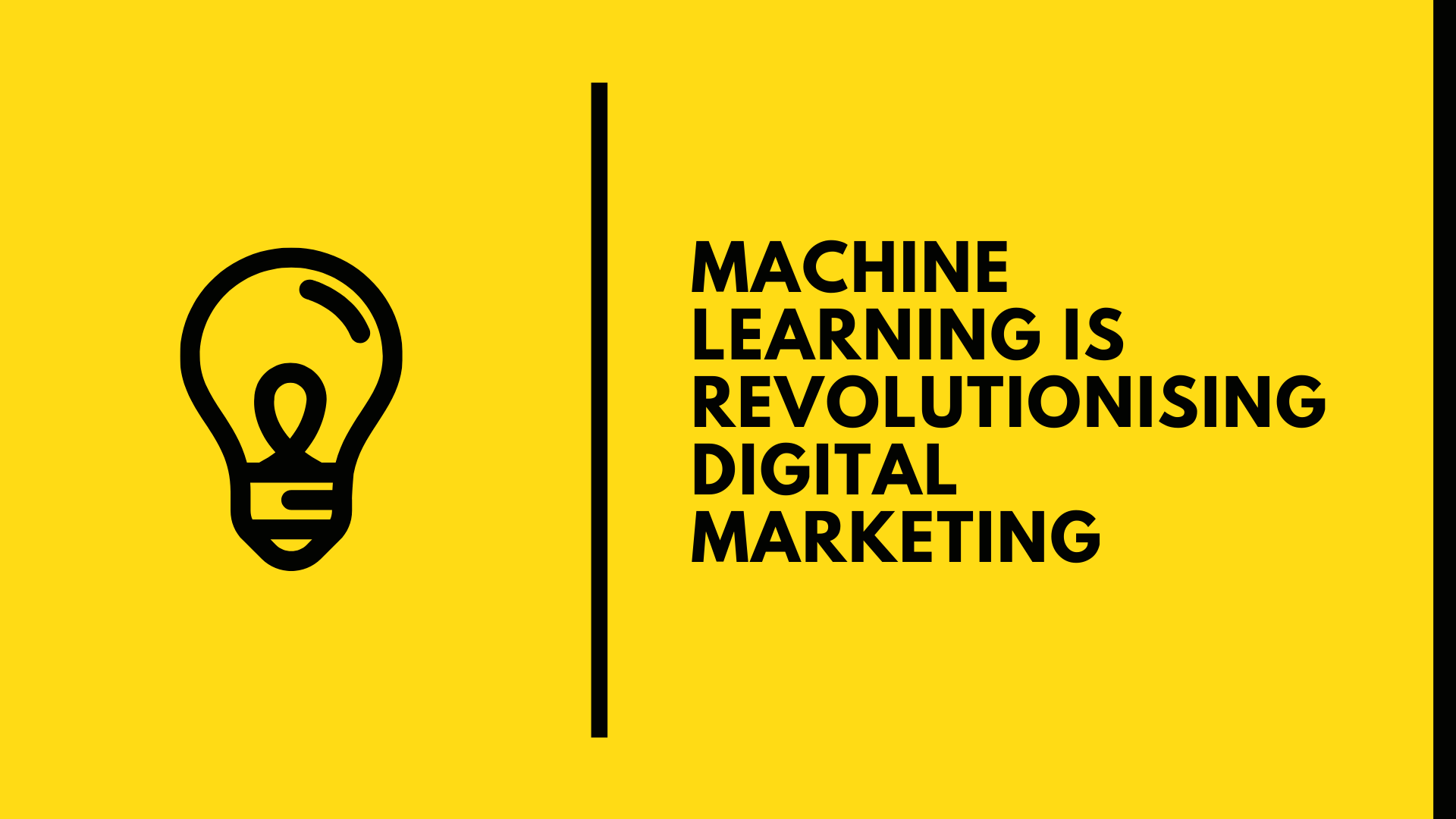
Many people wonder if AI Optimization is the right solution to their data processing issues. Before making a decision, you need to think about several things. Here are some factors to consider: benchmarking frameworks. Memory-based architectures. Scalability. Workload support. Keep reading to learn more. Let's talk about how AI optimization can assist you in making the right decision for your data processing requirements. You should also consider the impact on your data processing workload.
Benchmarking frameworks
In benchmarking AI systems accuracy is crucial. There are many ways that model quality can be traded for lower latency and throughput. For example, MLPerfInference uses metrics to compare systems. AI Benchmark, however, offers a unified AI score. MLPerf Inference doesn't offer this. AI Benchmark measures accuracy. This is part of an overall score that considers more than 50 attributes, and combines them together to produce one final score. These scores are calculated based on specific devices and can be found in both uni- and unified AI.

Workload support
There are many implications to the rise of workload optimization tools. One is to make sure that the infrastructure supporting AI workloads is healthy. Cisco's AI strategy incorporates workload optimization tools. They are able to abstract workloads into one data model and act like a marketplace for resource. They automatically allocate resource based on workload consumption. Managers can also get alerts and graph reports to help them understand their performance.
Memory-based architectures
As AI becomes increasingly complex, systems companies are designing their own chip designs. These chip designs don't come from traditional semiconductor manufacturers, but are instead created by systems vendors, who then go to third party suppliers for their physical implementation. Because AI chips must be fast and efficient, they have to optimize latency and bandwidth tradeoffs. These problems can be addressed by using memory-based architectures. These are the two benefits of this approach:
Scalability
One crucial question to consider as AI algorithms and other techniques continue to be in high demand is their scalability. Also, can AI algorithms be used in other future scenarios? A small team of specialists would be a great idea to help with strategic priorities that are high-value. While IT manages infrastructure, data scientists and engineers can focus on their core skills. This way, the AI team can handle large volumes of data efficiently and build a scalable system.

Ethical AI components
Modern AI is defined by its ethics. When developing AI algorithms, it is important that the company brand is kept in mind. Although legal limitations can be useful, ethical AI creates policies that go above and beyond the legal requirements to uphold fundamental human values. An AI algorithm which targets and manipulates teens may not be ethical, but it might be legal. Companies use AI optimization's ethical components to help them decide what is right for their brand.
FAQ
Who created AI?
Alan Turing
Turing was first born in 1912. His father was clergyman and his mom was a nurse. He was an excellent student at maths, but he fell apart after being rejected from Cambridge University. He started playing chess and won numerous tournaments. After World War II, he worked in Britain's top-secret code-breaking center Bletchley Park where he cracked German codes.
He died on April 5, 1954.
John McCarthy
McCarthy was conceived in 1928. Before joining MIT, he studied mathematics at Princeton University. There, he created the LISP programming languages. He had laid the foundations to modern AI by 1957.
He passed away in 2011.
What is the newest AI invention?
Deep Learning is the newest AI invention. Deep learning is an artificial Intelligence technique that makes use of neural networks (a form of machine learning) in order to perform tasks such speech recognition, image recognition, and natural language process. Google was the first to develop it.
Google is the most recent to apply deep learning in creating a computer program that could create its own code. This was accomplished using a neural network named "Google Brain," which was trained with a lot of data from YouTube videos.
This allowed the system to learn how to write programs for itself.
IBM announced in 2015 they had created a computer program that could create music. Also, neural networks can be used to create music. These are called "neural network for music" (NN-FM).
From where did AI develop?
Artificial intelligence was established in 1950 when Alan Turing proposed a test for intelligent computers. He said that if a machine could fool a person into thinking they were talking to another human, it would be considered intelligent.
John McCarthy wrote an essay called "Can Machines Thinking?". He later took up this idea. McCarthy wrote an essay entitled "Can machines think?" in 1956. In it, he described the problems faced by AI researchers and outlined some possible solutions.
What is AI and why is it important?
It is expected that there will be billions of connected devices within the next 30 years. These devices will cover everything from fridges to cars. The combination of billions of devices and the internet makes up the Internet of Things (IoT). IoT devices can communicate with one another and share information. They will also have the ability to make their own decisions. A fridge might decide to order more milk based upon past consumption patterns.
It is anticipated that by 2025, there will have been 50 billion IoT device. This is a great opportunity for companies. But it raises many questions about privacy and security.
Is Alexa an Artificial Intelligence?
The answer is yes. But not quite yet.
Amazon created Alexa, a cloud based voice service. It allows users to communicate with their devices via voice.
The Echo smart speaker first introduced Alexa's technology. Other companies have since created their own versions with similar technology.
These include Google Home, Apple Siri and Microsoft Cortana.
Statistics
- According to the company's website, more than 800 financial firms use AlphaSense, including some Fortune 500 corporations. (builtin.com)
- The company's AI team trained an image recognition model to 85 percent accuracy using billions of public Instagram photos tagged with hashtags. (builtin.com)
- Additionally, keeping in mind the current crisis, the AI is designed in a manner where it reduces the carbon footprint by 20-40%. (analyticsinsight.net)
- While all of it is still what seems like a far way off, the future of this technology presents a Catch-22, able to solve the world's problems and likely to power all the A.I. systems on earth, but also incredibly dangerous in the wrong hands. (forbes.com)
- In 2019, AI adoption among large companies increased by 47% compared to 2018, according to the latest Artificial IntelligenceIndex report. (marsner.com)
External Links
How To
How to set Amazon Echo Dot up
Amazon Echo Dot connects to your Wi Fi network. This small device allows you voice command smart home devices like fans, lights, thermostats and thermostats. To start listening to music and news, you can simply say "Alexa". You can ask questions, make calls, send messages, add calendar events, play games, read the news, get driving directions, order food from restaurants, find nearby businesses, check traffic conditions, and much more. It works with any Bluetooth speaker or headphones (sold separately), so you can listen to music throughout your house without wires.
Your Alexa-enabled devices can be connected to your TV with a HDMI cable or wireless connector. One wireless adapter is required for each TV to allow you to use your Echo Dot on multiple TVs. You can pair multiple Echos simultaneously, so they work together even when they aren't physically next to each other.
These steps will help you set up your Echo Dot.
-
Turn off your Echo Dot.
-
You can connect your Echo Dot using the included Ethernet port. Make sure to turn off the power switch.
-
Open the Alexa app on your phone or tablet.
-
Select Echo Dot to be added to the device list.
-
Select Add New Device.
-
Choose Echo Dot from the drop-down menu.
-
Follow the on-screen instructions.
-
When prompted enter the name of the Echo Dot you want.
-
Tap Allow access.
-
Wait until Echo Dot has connected successfully to your Wi Fi.
-
Repeat this process for all Echo Dots you plan to use.
-
Enjoy hands-free convenience!